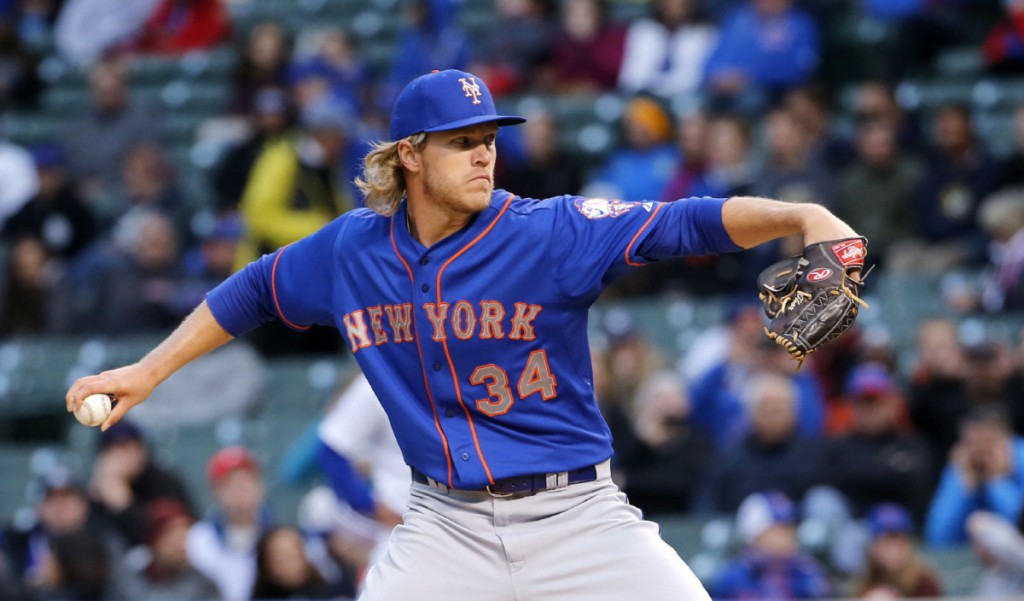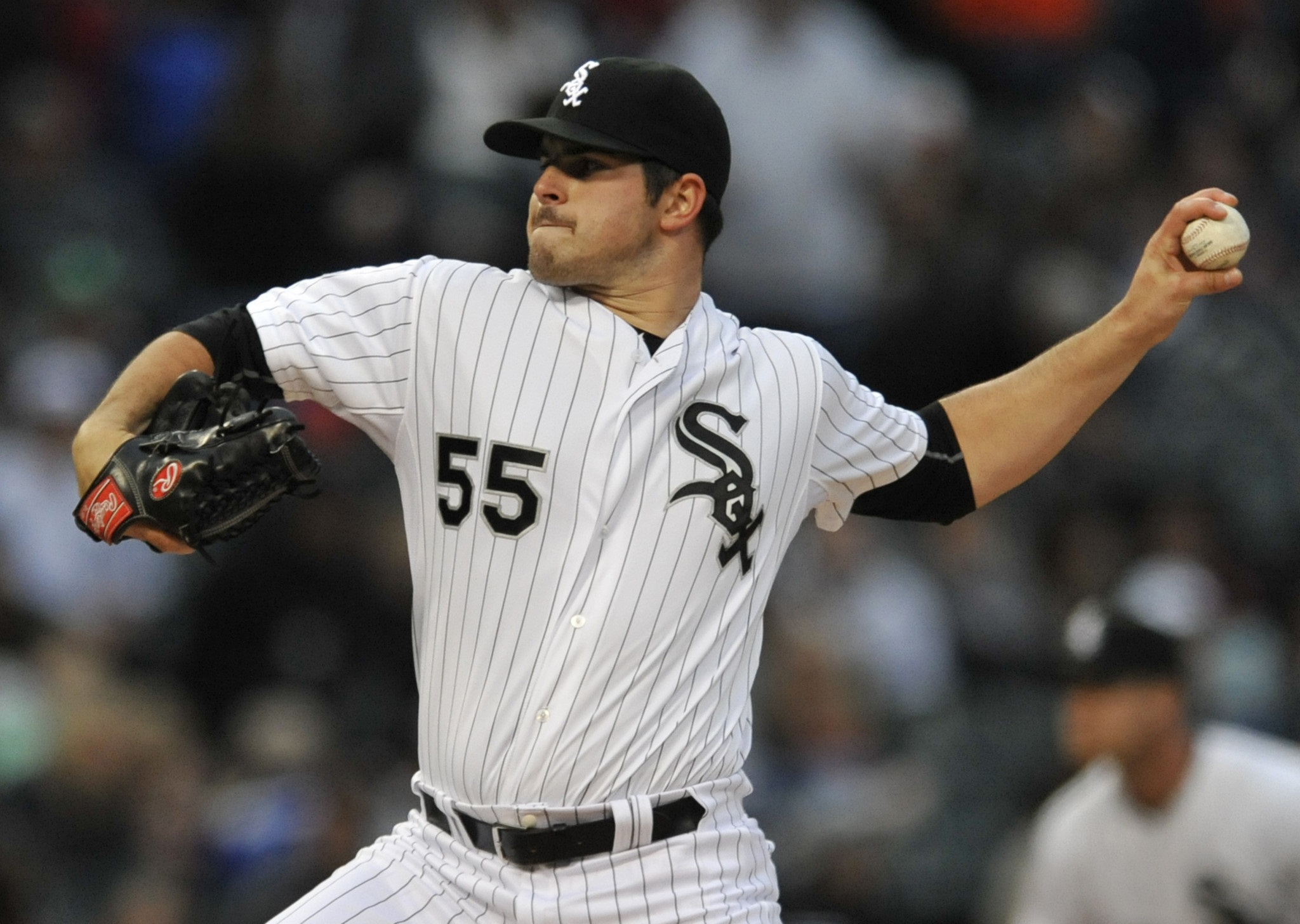If you’ve been keeping up with the site over the last couple weeks, you probably know that we’ve added data for Yahoo’s new DFS contests. Obviously, their league selection isn’t as big as DraftKings and FanDuel right now, but there’s still money to be made, so I thought it might be useful to look at their pricing and see if we can find anything to exploit.
The first thing to note is they have two starting pitchers like DraftKings. Their salary cap might be a little confusing to people used to the other sites – it’s a cap of $200 and it seems to be intended to be like a season-long auction draft sliced into a day (most auction drafts are $200) – but in the end, we can calculate each player’s percentage of the cap and thus easily compare value across sites.
Let’s look at the pitchers for tonight’s 15-game slate and see what it looks like in terms of pitchers and the percentage of the site’s salary cap.

Right away, you can see the difference between DraftKings and FanDuel – the top half of pitchers on FD take up a greater percentage of your salary cap, but it evens out in terms of filling out your roster because you only need one of them. Or to put it more simply, pitchers on DK need to take up less percentage of your cap because you have to roster two of them.
Now look at the percentages for pitchers on Yahoo. It looks really similar to FD despite the fact that, like DraftKings, you have to roster two pitchers. The difference between DK and Y! looks even more drastic when you remove the FD data:

A whopping 19 of the pitchers on Yahoo take up at least 19% of the salary cap (65.5%), while only five pitchers have the same distinction on DraftKings (16.6%). That’s quite a big difference and tells us that we should probably approach pitcher strategy very differently on Yahoo than either DraftKings or FanDuel.
In my opinion, if nearly two-thirds of the pitcher options are going to take up a huge percentage of your cap (nearly 20%-plus), there’s really no reason to ever go with a middle-tier pitcher. There might be a time where you want to take a bottom one – there is a steep drop to guys that only take up 12.5% of the cap (Kevin Gausman was a great example of this last night) – but never a middle-tier one.
If you’re going to have to pay nearly the same price for a Syndergaard or Gray, to use examples from today’s slate, there’s almost never a reason to use a guy like Anderson or Miley, unless they just have a killer matchup, and even then, I’m probably still rolling with the superior pitcher.
The decision to price pitchers so high is interesting on Yahoo’s part, but it’s not necessarily a bad thing if you know how to exploit it in your lineups. I hope this gives you a starting point to do that now – let me know if you’re interested in a similar article on batters and I’ll do it if I get some feedback.





